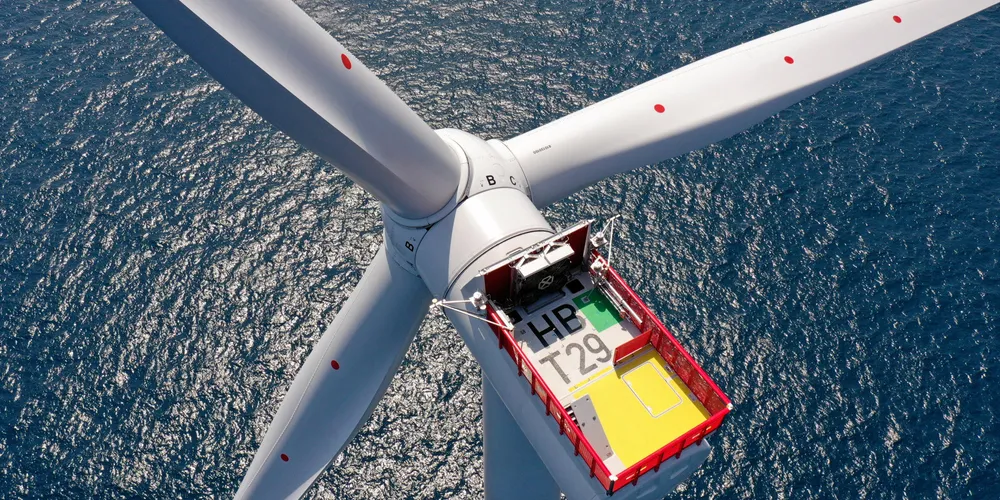Orsted and BP standoff as North Sea wind power and carbon storage mega-projects overlap
Danish renewables giant claims 'draconian approach' by oil supermajor while latter says presence of turbines would make massive decarbonisation plan unviable

Danish renewables giant claims 'draconian approach' by oil supermajor while latter says presence of turbines would make massive decarbonisation plan unviable
